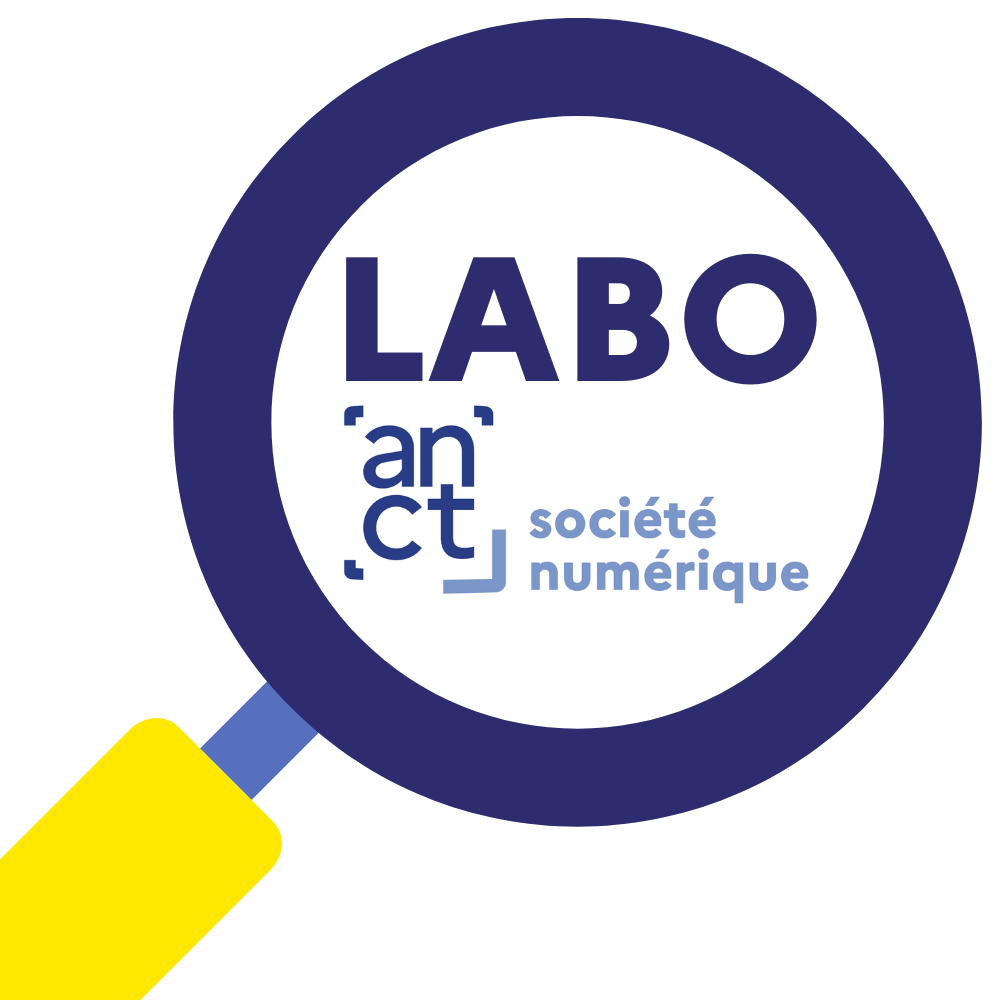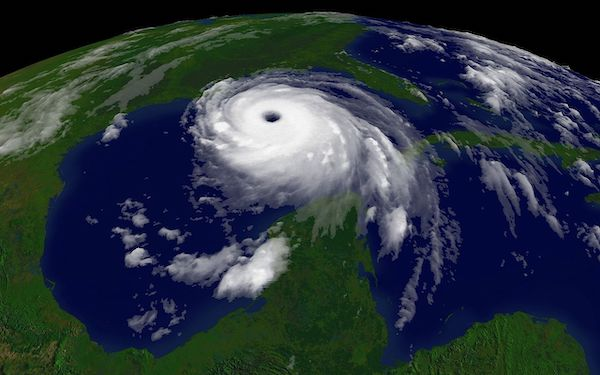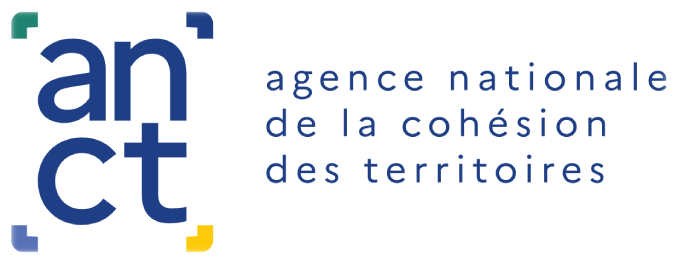Connectivity is important in everyday life, but it becomes crucial when a disaster strikes. This is especially true for the mobile networks that disaster victims use to call for help, report their needs and indicate their location.
During Hurricane Katrina in 2005, more than 1,000 base stations were quickly taken out of service, preventing millions of calls from being made.
While connectivity collapsed in the hardest hit areas, such as Rockport, only 4% of the 7,804 base stations exposed to the hurricane were destroyed, leaving between 150,000 and 180,000 without coverage.
According to the trade association that federates 911 emergency services, "emergency communications are now ranked as high a priority as fuel for police cars."
Since Katrina, disaster preparedness has become a key issue for mobile operators.
In the face of Hurricane Harvey, carriers had time to make arrangements such as delivering fuel for their antenna backup generators, preparing to deploy response teams and vehicles to the hardest hit areas. Companies like Verizon and AT&T have deployed cell stations on light trucks. They are using drones to survey the damage to their infrastructure.
Texas' 911 emergency call platform was quickly overloaded with calls. That's partly because, according to Wired, "the U.S. has a balkanized emergency response system, based on wired telephone networks that can only route calls from one physical location to a single call center. To offload excess call capacity to another call center - as is common practice in Europe - would require rewiring the system and spending a lot of money."
"I don't think you'll ever be able to respond in one minute to millions of people who are in distress," moderates Jamie Barnett, former head of public safety at the FCC.While mobile carriers have invested in strengthening their cellular networks, Recode notes, they have held back any initiatives to upgrade other elements of the emergency response system, such as SMS emergency alert systems, which provide targeted information to the most at-risk populations. .
Among the innovations that would help deal with emergency situations, Wired mentions mesh networks: these decentralized networks allow a mobile device to communicate with a geographically nearby device, which communicates with another nearby device: such a daisy chain of connectivity, could theoretically, cover an entire region.
Références :





